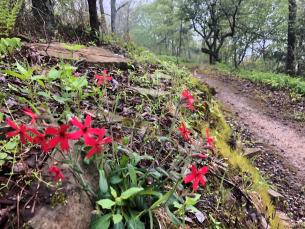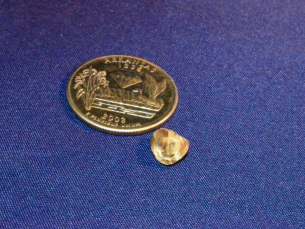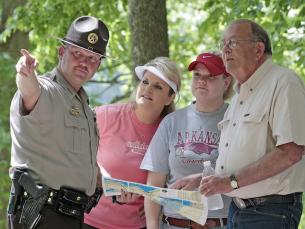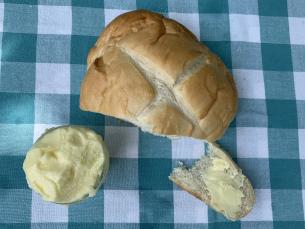Laughing and Learning
By: Jeanette LarsonOne more time, I go over the list in my hand.
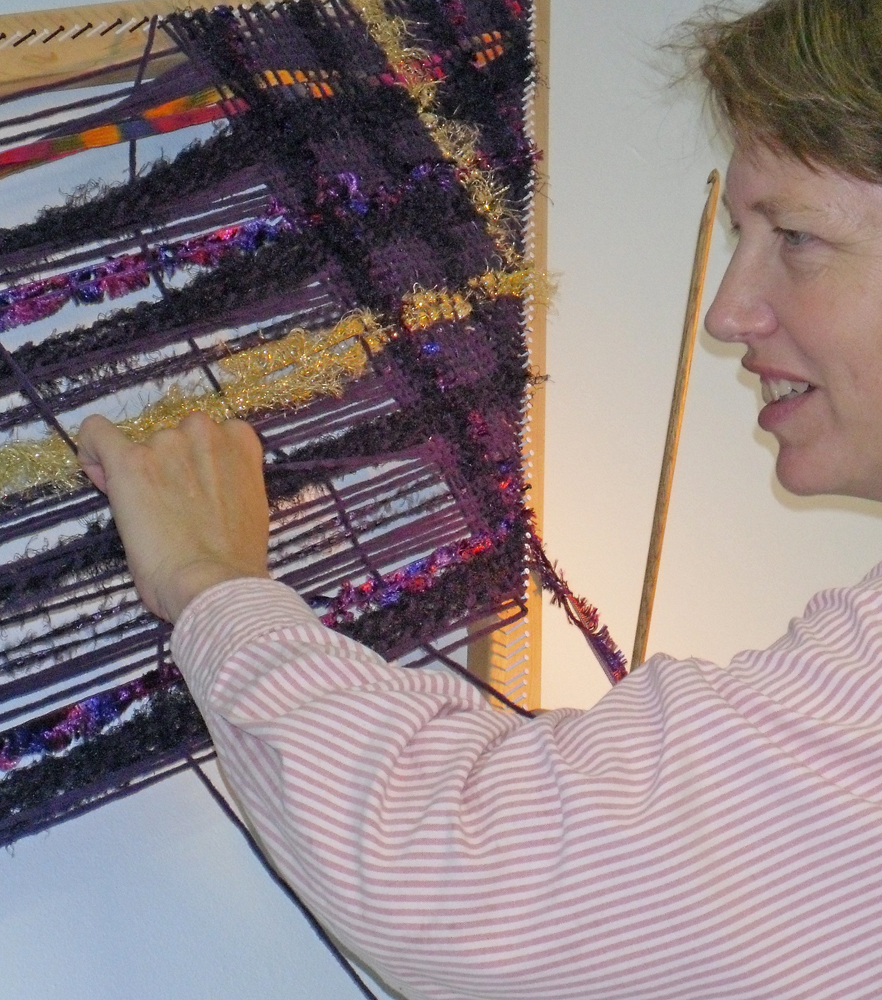
Baskets of wool, mohair and cotton, check drop spindles, check koolaid for dyeing, check gallon jars for koolaid, check Hand cards, check Niddy noddy, check and on down the row.
I think I’m all packed to teach the first day of the Sheep to Shawl class at the Ozark Folk Center’s Folk School. The students in the class will be spending three days immersed in fiber, the language of fiber, the techniques of fiber and the skills of working with fiber to make finished, usable items. Hopefully, they’ll have a lot of fun along the way.
Fiber arts are my passion. I’ve been crocheting since I was eight and picking up the other skills throughout my life’s journey. A love of critters and desire to have a part in the production of my raw materials led me to raising fiber critters in the early 1980’s. Like the other Folk School teachers, my craft is woven through my life.
The Ozark Folk Center was founded to preserve and perpetuate the crafts and music of the Ozark Mountain region. The center’s set up allows crafts people to work on their craft on a daily basis and to produce a volume of work that leads them to achieve a mastery in their craft that is uncommon in the modern United States. They sell their handmade items to visitors to the center and this enables many of them to make their living from their craft.
To perpetuate the crafts, most of the crafts people at the Folk Center teach. They share what they have learned in their experience and pass on what they’ve learned from their teachers.
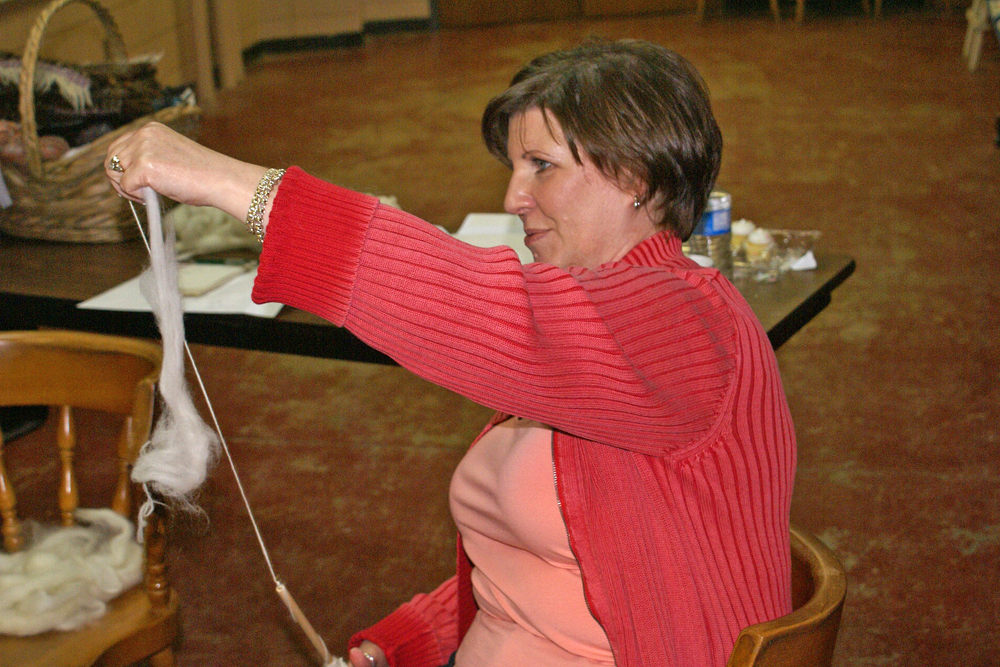
My grandmother was my first fiber arts teacher. She spent a summer teaching me to crochet and to organize my dresser drawers. Both things are firmly embedded in my psyche.
Because the crafts people at the Ozark Folk Center live their craft, they can expand it in ways that are unique. Our potter, John Perry is working to develop a vegetable oil fired pottery kiln, one of the first of it’s kind. Our gunsmith, Jim Purdom, is putting his lifetime of skills to work in building a shop that can create a muzzle loading rifle from metal and wood to finished working piece. We have quilters who preserve and teach hand stitching, basket weavers who share the making of a variety of baskets and a printer who is happy to share his love of the old letterpress. These are just a few of the crafts we treasure, teach and share at the Ozark Folk Center.
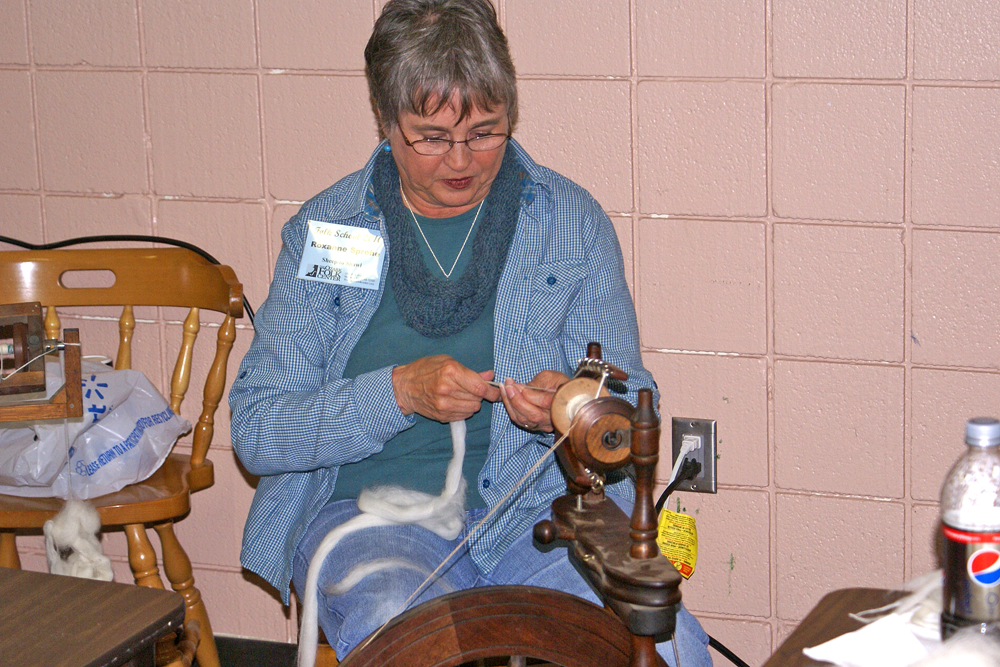
As I set up my classroom, I think about the students who are in my class. Most of our spaces are small, so our classes are very limited in student numbers. I like to have at least three people, to keep it fun, but don’t have room to teach any more than eight. Because of the hands-on nature of teaching a craft, this size limitation is a good thing. Keeping the classes small lets me, and the other teachers, work with students one-on-one. I have three ladies in my Sheep to Shawl class, so there is plenty of room. We’ve emailed back and forth a bit. One of them wants to focus on getting her spinning down and the other really wants the weaving section. I’ll feature those parts of the Sheep to Shawl class. But, with only three students, we can spend time on any part of the process that they get excited about.
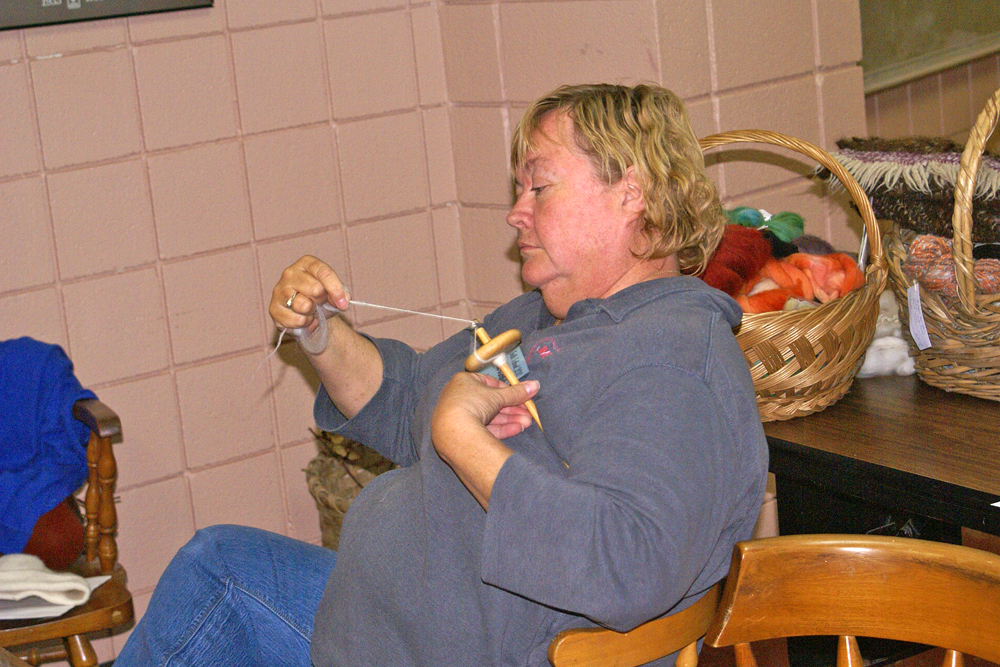
Folk Center teachers and crafts people have studied the history and foundations of their craft. During our open season, from April through October, they demonstrate their crafts to visitors and talk about how the craft was practiced in the past. In their classes, they share how it is done today. Our wood carver, Bill Standard, is teaching his carving classes at this year’s Folk School using dremels and other power carving tools. There are electric spinning wheels and fancy powered carding machines, but I still enjoy the relaxing pace of my foot treadled wheel.
My classroom set, I head on over to the Administration Building to meet my students in person. Folk School has an added fun energy for everyone, because there are not just the students in your class, there are several other classes going on at the same time. People who are interested in making things themselves share many similar characteristic. Lifetime friendships are forged at Folk School.
My students chatter happily with each other as we walk down the concrete pathways to our classroom at the back of the large auditorium. The weather is beautiful and some of the flowers are thinking about blooming. These three adult ladies sound like a group of day-campers as they explore the fiber and equipment set up in the classroom. And then, they discover the koolaid! Suddenly they can’t wait to learn about fiber dyeing.
I settle them down a bit, for a little explanation before we begin to fill the jars with hot water and the wild-colored, sweet smelling powder that makes a great fabric dye. We’ve started on a three-day exploration of fibery fun.
The mission of the Ozark Folk Center is to perpetuate the crafts and music of the Ozark region. One of the ways we do this is by encouraging our crafts people to offer classes. They teach Folk School classes in March and November (So make your plans for November). They offer scheduled classes throughout the year and many are willing to work with students to Design-your-own class. Some of our crafts people will teach one-on-one classes. Others need to get a group together to teach a class.
